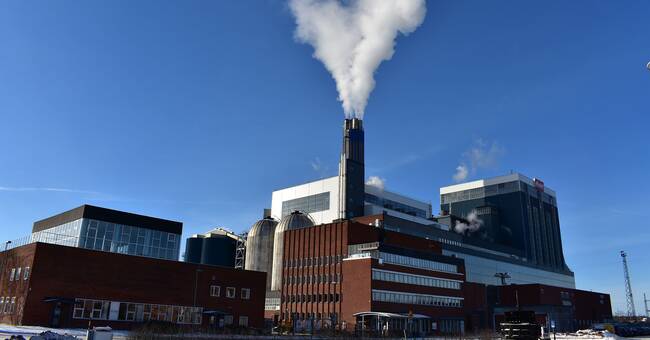Åbyverket in Örebro produces district heating for Örebro, Kumla and Hallsberg.
The heat that is sent out on the district heating network is created by firing in large boilers.
Right now, Eon is changing the fuel that is burned in the boilers.
The goal is to get rid of all fossil fuels by 2025.
The fossil fuels consist of coal, peat and oil, but these must therefore be completely replaced by biofuels, ie residual products from forestry.
The facility is being rebuilt
During the year, the coal has disappeared from Åbyverket and renovations are currently underway to phase out the peat.
Then the oil should be removed.
The reason why the fossil fuels remain is that it takes time to rebuild the plant.
The boilers are adapted for fossil fuels and more efficient than biofuels.
Must secure the heat in winter
The fossil fuels are used today when the biofuels are not enough.
It is mainly about the winter months when the need for heat is greater while the biofuel is moist due to the snow and burns worse.
- The delivery and supply of biofuel must be secured, Azra Sapcanin, head of Åbyverket, answers the question of why they do not just change fuels directly.
Azra Sapcanin, head of Åbyverket.
Collaborates with the crematorium and the ice rink
To ensure heat delivery during the peak of needs, Eon also has collaborations with, among others, Öbo, which aims to even out the curve and cut the peaks.
In addition, heat is produced that is produced elsewhere.
For example, the heat from the crematorium in Örebro goes online, as does the heat from the Behrn arena.
In the clip, you can follow Åbyverket and hear more about the climate work.

